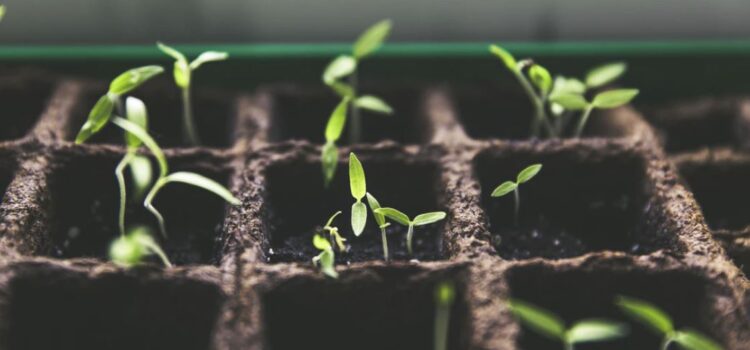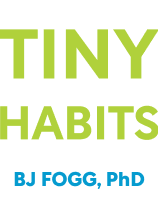

This article is an excerpt from the Shortform book guide to "Tiny Habits" by BJ Fogg. Shortform has the world's best summaries and analyses of books you should be reading.
Like this article? Sign up for a free trial here .
Why is building good habits like growing a plant? Why is consistency so important?
When you’re trying to build better habits, it’s like planting a seed. Just a little bit of water every day can help the plant thrive and grow to unexpected places. But if you forget to water it, then it will wither away.
Keep reading about how consistency is key in building good habits.
Your New Habit Is Like a Plant
When you’re working on building good habits, it’s like you’re planting a seedling. If you don’t water this seedling a little bit every day, it will die. Daily watering, even with only a few drops of water, keeps the plant alive.
With consistent daily watering, the seedling starts to grow roots, making it more stable. It also starts to naturally grow bigger and taller. After an extended period of daily watering, the plant will be strong enough to withstand storms and will be flowering in all kinds of unexpected ways.
Building good habits every day can carry you through unexpected life “storms” such as illness and psychological adversity. These habits often ripple out and have unexpected positive effects on other areas of your life.
Building Good Habits Requires Consistancy
Completing good habits consistently is like watering your plant faithfully. It only needs a few drops of water every day, but without that baseline, the plant will wither and die.
Building good habits should feel easy, and growing them should feel like fun, not like a chore. It doesn’t matter how elaborate your habit becomes over time—the low baseline is always the same tiny version, and doing more is always optional.
Example: Flossing One Tooth
For years, behavioral specialist BJ Fogg had problems developing a daily flossing habit. Immediately after dentist visits, he felt very motivated, but this motivation quickly disappeared within a few days. As a behavior scientist specializing in habits, this was quite embarrassing!
He examined the flossing habit and—surprisingly—found that physical effort was the weak link. Fogg’s teeth are particularly close together, so it’s hard work to get the floss in and out, and the floss often breaks and gets lodged between his teeth. So he targeted the physical effort dimension by testing out 15 different types of floss, finding the best fit for his teeth, and scaling back to a habit of just flossing one tooth.
After two weeks, he was flossing all of his teeth twice daily. He eventually became something of a floss connoisseur, signing up for a personalized tour of a floss factory while on a trip to Dublin. On days of particularly low motivation, he still flosses just one tooth.
This is a perfect example of how building good, small habits can grow into larger, more impactful habits.

———End of Preview———
Like what you just read? Read the rest of the world's best book summary and analysis of BJ Fogg's "Tiny Habits" at Shortform .
Here's what you'll find in our full Tiny Habits summary :
- How you can successfully create new habits that stick
- Why you don't need motivation, just science
- Why even flossing one tooth should be considered a victory






